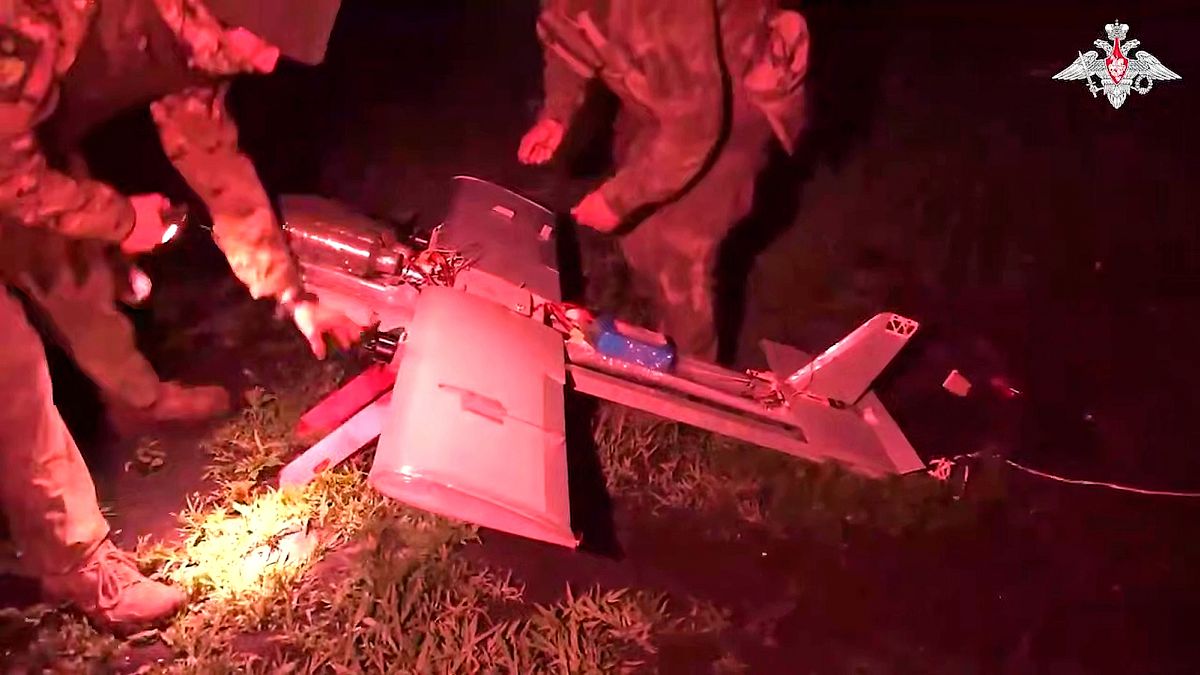

In the ongoing international discourse surrounding regional conflicts, recent events in both Ukraine and Gaza have attracted significant attention, shedding light on the intricate dynamics and humanitarian needs of the affected areas. The resilience of communities is being tested amid various challenges, as they navigate through times of uncertainty.
In Ukraine, the exchange of military actions between Ukrainian and Russian forces continues to create a tense atmosphere. Overnight, Ukrainian drone operations targeted an oil depot in Sochi, a resort city on Russia’s Black Sea coast, resulting in a substantial blaze. Local emergency services responded promptly, deploying more than 120 firefighters to manage the fire, which originated from a fuel tank with a significant capacity. The regional governor, Veniamin Kondratyev, acknowledged the situation, illustrating the ongoing volatility in the area while the authorities successfully contained the incident.
Simultaneously, Russian missile and drone strikes aimed at the city of Mykolaiv in Ukraine have resulted in seven individuals being injured. Despite these adversities, Ukraine’s air defense remains robust. The Ukrainian air force successfully intercepted a total of 60 drones, a development indicative of their strategic acumen and commitment to safeguarding civilian lives. These sequences of events mark some of the most intense days in the region in recent months, emphasizing an environment in which each side seeks to maintain strategic momentum.
The humanitarian landscape of the Gaza Strip presents a different yet equally complex scenario. Recent reports indicate that Israeli airstrikes have unfortunately led to the loss of at least 18 lives, with eight fatalities occurring among individuals who were in the pursuit of essential supplies. This highlights the grave risks that Palestinians face as they strive to access food and other necessary resources amidst restrictive measures. Concurrently, humanitarian efforts have taken to the skies with planes delivering essential aid to the people of Gaza, a vital lifeline in a community grappling with adversity.
Meanwhile, developments in Israel and neighboring territories contribute another layer to the already multifaceted situation. The Israeli army has extended its operations into southern Syria, conducting actions aimed at curbing the flow of weapons in the region. These maneuvers, based on coordinated intelligence and field investigations, underscore Israel’s security concerns as they aim to neutralize potential threats originating from beyond its borders.
Further, political activities add complexity to regional tensions, as illustrated by Israeli far-right minister Itamar Ben-Gvir’s visit to the al-Aqsa mosque compound. His presence at this sensitive holy site—considered a breach of established understandings with Muslim authorities—has stirred disquiet, further illustrating the intricate interdependencies of religious, political, and social dimensions at play.
As these narratives unfold, a common thread is the undeniable resolve of the people in these regions. In the face of both immediate and long-term challenges, communities strive to maintain resilience and hope. In this context, the concerted actions of various actors—including humanitarian aid initiatives, diplomatic efforts, and grassroots resilience—remain crucial in nurturing an environment poised for positive transformation.
Source: {link}
